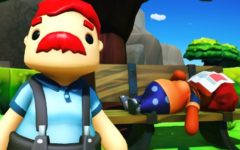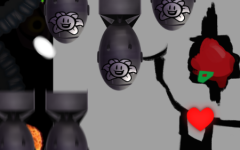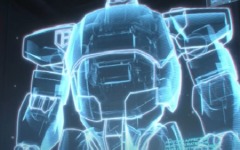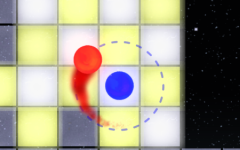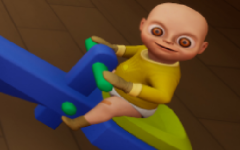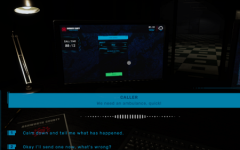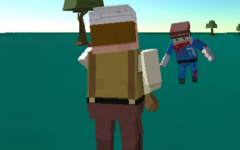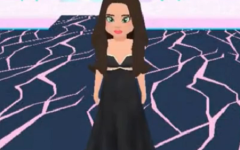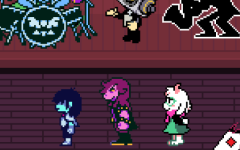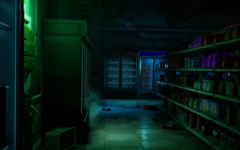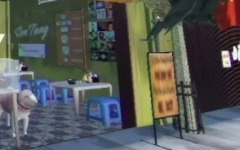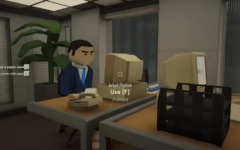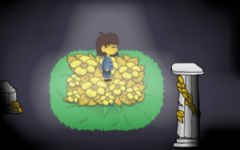Advertisement
Pieces of Me
Advertisement

Pieces Of Me begins with Grisha arriving in a town that used to feel like home. His reason is simple — visit his younger sister. But instead of a reunion, he is met by empty spaces and silence. The buildings are familiar, the streets unchanged, yet nothing feels present. There is no greeting, only stillness. The player is placed into this setting with no instruction, expected to move forward without guidance, learning through walking and watching.
Memory in the Architecture
As the player explores, it becomes clear that the world responds not with words, but with small shifts. Each space holds pieces of a personal past. A school hallway leads to a dark room. An apartment offers light that fades when passed through. Locked doors, scattered letters, and abandoned objects create a map that has no legend. The player’s understanding builds not from completion, but from patterns of return and re-entry.
Core Features in Pieces Of Me
- Set in post-Soviet residential and school environments
- No dialogue or direct storytelling — only space and time
- Designed for 90-minute solo experience
- Spin-off title from September 7th
- Uses silence and ambient sound instead of soundtrack
- No threat or chase mechanics
- Focused on memory, guilt, disconnection, and grief
- Items and rooms change with progression
- Walking simulator genre with psychological themes
- Built for close observation and personal interpretation
Where You Walk, Something Listens
Though the game never introduces danger, tension builds. The player begins to notice changes that were not triggered by any clear choice. A light flickers longer than before. A note appears where there was none. These are not scares — they are signals. The world pays attention to where the player goes, how long they stay, and what they choose to ignore. The line between real and remembered begins to shift, not through plot, but through repetition.
The Ending You Interpret
Pieces Of Me does not aim to resolve a mystery. It offers fragments — glimpses of people, of choices, of what might have been left behind. The ending does not reward or punish. Instead, it allows the player to leave with whatever understanding they gathered. There is no closure written into the final moment. The game respects absence, showing that not everything lost is meant to be found. What stays with the player is what they chose to notice.























































































































